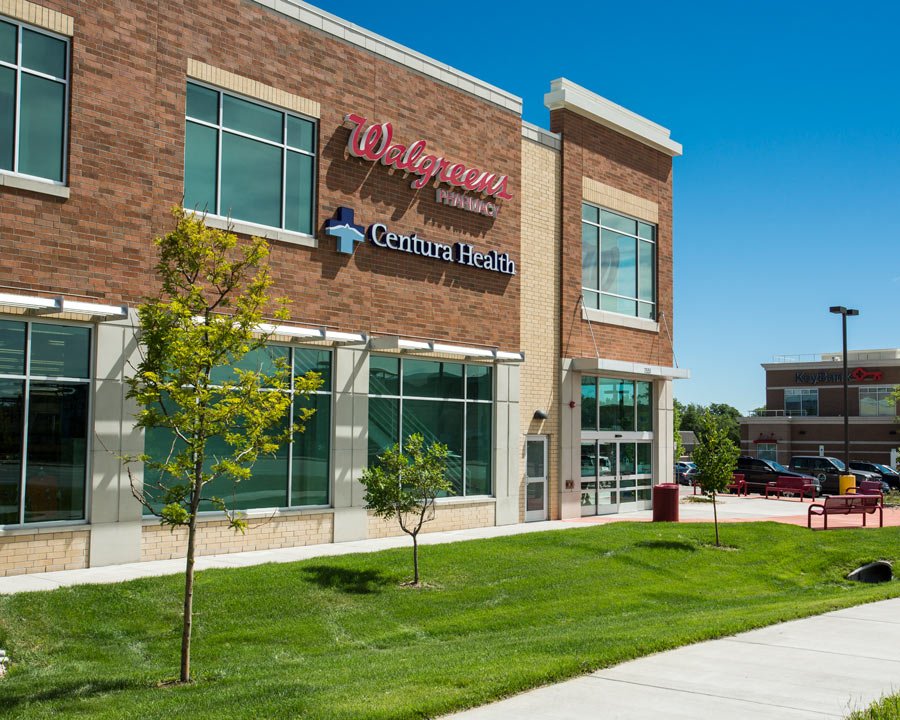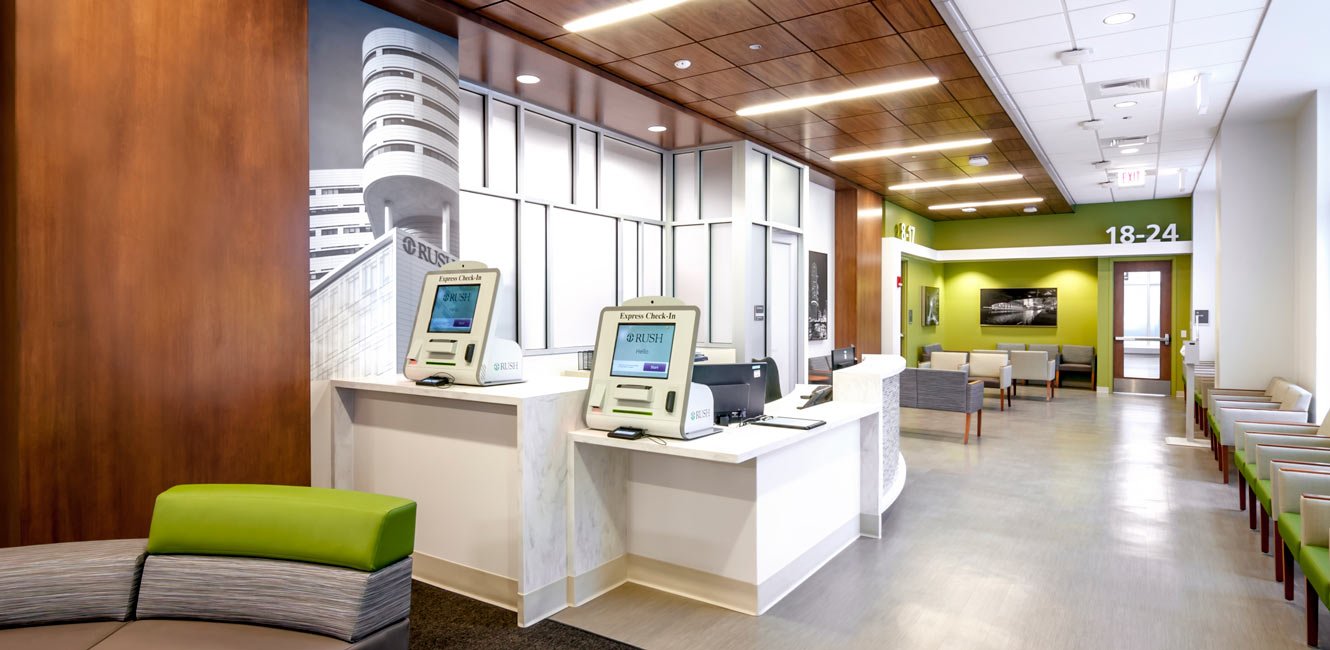Executive Summary
Research across multiple industries shows the power of positive consumer experiences on business results. Organizations with positive experiences grow faster, have higher margins, and enjoy a better reputation than their competitors. So, what about the consumer experience in healthcare environments?
Research indicates consumer expectations in a healthcare setting are often low. Historically, attention has been focused on clinical operations in two domains. First, the clinical effectiveness and professionalism of the doctors and care teams in their direct interactions with patients and their families. Next, the administrative processes and procedures that facilitate an organization’s performance in such areas as staffing, scheduling, billing, and care coordination activities.
While important, lessons in other industries suggest there are two additional areas of equal importance. Having an advanced digital footprint can enhance an organization’s accessibility and transparency with its patients, employees, and others. And an organization’s effective deployment and design of facilities can enhance and differentiate their brand.
Together, these four domains constitute the framework for the optimal experience in healthcare settings. Effectiveness in each of the four domains is essential to the delivery of consumer-oriented care.
Background
Organizations that focus on the satisfaction of their customers grow faster, have higher margins, and establish better reputations than their competitors. It’s been proven in banking, retail, and many other industries:
- Americans share poor service experiences with an average of 15 people versus 11 with whom they’ll share a positive experience.2
- 74% of people are likely to switch brands if they find the purchasing process too difficult.3
- After one negative experience, 51% of customers will never do business with that company again.4
Studies indicate hospitals and medical practices that have high patient experience scores are more profitable than their competitors.
When compared to other industries, healthcare organizations generally fare worse in experience management:
- According to the 2018 American Customer Satisfaction Index (ACSI), user experiences are best for banks, with an 81 out of 100-point score, financial advisory organizations (81), life insurers (80) and retail health stores (77). By comparison, hospitals score 76, medical practices score 74, and health insurers score 73. And per ACSI, the gap between customer service in healthcare organizations including hospitals and other industries is widening as customer expectations become more important.1
- Net promoter scores for healthcare organizations are the lowest for any industry. Hospitals average 15 points (Scores above 50 are considered very good), versus companies like Apple, Amazon, Tesla, Netflix, and Starbucks that have net promoter scores above 60.
- Healthcare consumers are less inclined to share positive experiences than consumers in other industries. Only 54% of hospital consumers share a positive experience within a month, compared to 70% of retail and 66% of banking customers. And according to PricewaterhouseCoopers, negative experiences involving hospitals and doctors are remembered longer.7
For healthcare organizations, these findings are disappointing. In defense, some assert:
Hospitals, outpatient facilities, and clinics are complex organizations. Hospitals operate 24/7. Most outpatient clinics likewise operate extended hours and are required to accommodate after-hours access for patients.
Operations in healthcare settings are complicated. They’re highly regulated. They’re labor intense, capital intense, and, in most communities, major employers. Their workforce is diverse, ranging from highly educated and skilled professions to hourly workers. Skilled staff operate within the constraints of onerous rules and regulations from multiple federal and state government agencies that define their roles and obligations and how they’re compensated. These organizations are paid by individuals, employers, insurers, and public programs (Medicare, Medicaid, et al), each with unique requirements. Almost 60% of operating costs are people, 25% are for the drugs and supplies they use, and facility improvements, information technology, and overhead make up the rest. It’s a Business to Business (B2B) business model. Consumer experience plays a subordinate role to accommodating the doctors and nurses that provide care.
The best way to deliver an optimal experience is to meet the needs and expectations of the physicians and nurses. Staffing, scheduling, and care coordination that accommodates caregivers is a priority in most organizations. Thus, the patient experience is only one of several factors used in Medicare’s rating system for comparing hospital performance.
These assertions are widely held and valid but incomplete. Studies indicate hospitals and medical practices that have high patient experience scores are more profitable than their competitors. Hospitals with “excellent” HCAHPS patient quality ratings between 2008 and 2014 had an average net margin of 4.7% compared to 1.8% for hospitals with “low” ratings, per Deloitte.8
The Cultural Shift from Patient to Consumer
To address experience appropriately in a healthcare setting, patients must be seen as individuals with unique needs, preferences, and predispositions about their care. They have options and their opinions matter.
Viewing patients as consumers is a notion that’s transforming the entire health system, especially in the three major sectors of health delivery:
PATIENT-ORIENTED | MAJOR DELIVERY SECTOR | CONSUMER-ORIENTED |
|---|---|---|
They’re our patients who have limited choices. They depend on us. We provide them what we think they need–facilities, technologies and capabilities of our caregivers. | HOSPITALS & OUTPATIENT SERVICES PROVIDERS (Inpatient, Outpatient, Ancillaries & Medical Practices) | They’re our customers. They have choices. They’re not all alike. And they want to be engaged in decisions about their care, its costs, where, when, and by whom. |
They’re our patients. They depend on us to make decisions on their behalf. We are advocates and their most trusted source for the information they need. | PHYSICIANS & ALLIED HEALTH PROFESSIONALS | They’re individuals who trust us to advise them about their treatment options, costs, and expected results. We respect that they have choices. They do their homework. |
They’re sick, injured, or aged and incapable of caring for themselves without our help | POST-ACUTE & LONG-TERM CARE PROVIDERS | They’re sick, injured, or aged and want to take care of themselves. They’re information seekers who do their homework. They value our work and appreciate facilities, approaches and caregivers who treat them with dignity and respect. |
Today, healthcare consumers in most markets have options for the hospitals and clinicians they use. Concurrently, they are embracing nontraditional providers and adopting services that traditional providers have not prioritized, including retail clinics, freestanding emergency rooms, urgent care clinics, micro-hospitals, telemedicine services, alternative health providers, self-care remedies, and others. Thus, hospitals and other service providers face enormous pressure to transition to a consumer orientation. Optimizing consumer experiences is the starting point.

Four Domains for Optimal Experiences in Healthcare Settings
An optimal experience in a hospital or service provider setting is the net result of innovations in four domains. Results (grades) in each domain vary widely from organization to organization and setting to setting:
THE 4 DOMAINS THAT DRIVE EXPERIENCE
THE FOCUS FOR OPTIMAL CONSUMER EXPERIENCE
Domain One
CLINICAL TEAM:
Effectiveness of doctors, nurses, allied health professionals and others who operate as a team integrating data and evidence with consumer preferences and values in a healthy work environment.
Current State:
THE FOCUS FOR OPTIMAL CONSUMER EXPERIENCE
- Use of evidence-based protocols in care management.
- Credentialing of providers based on licensing, experience, proven performance & effectiveness in shared decision-making with patients.
- Organizational incentives & recognition for consumer experience proficiency.
- Effective use of information technologies to equip clinical teams & consumers with real-time data about costs, clinical efficacy, access & consumer needs, and preferences.
- Customization of treatments to specific needs & preferences (clinical, behavioral, financial, social).
- Active use of virtual care & secure messaging with consumers.
Care is primarily evidence-based and inappropriate variability is shrinking fast. Care coordination is inconsistent but progress is being made. Nonetheless, quality and safety are still suboptimal.
Domain Two
ADMINISTRATIVE PROCEDURES:
Administrative policies and procedures that optimize access to and effectiveness of programs and services for staff as well as consumers and their families.
Current State:
THE FOCUS FOR OPTIMAL CONSUMER EXPERIENCE
- Design of operating models, staffing, and budgets around firsthand understanding of the optimal consumer journey.
- Operating hours, clinician call coverage, and staffing calibrated to the optimal experience.
- Price transparency for recommended treatments that equips decision-making.
- Leadership & governance that put emphasis on experience as a strategic imperative.
- Inclusion of the Chief Experience Officer in senior leadership.
- Systematic measurement of experience & root causes analysis of negative events. A culture of listening to “the voice of the customer”
The orientation in most provider settings is toward optimizing the care team’s efficiency and minimizing administrative costs. The experience is secondary.
Domain Three
DIGITAL CONNECTIVITY:
Technologies, digital & social media support for consumer decision-making and care-team connectivity.
Current State:
THE FOCUS FOR OPTIMAL CONSUMER EXPERIENCE
- Website & smart device capabilities to facilitate access to real-time scheduling, test results, interaction with care team, anticipated prices & out of pocket costs, treatment options & underlying evidence, estimated wait times et al.
- Social media interaction to facilitate affinity groups, shared experiences.
- Utilization of chatbots, artificial intelligence, remote monitoring & voice activated tools in care interaction.
Most provider organizations think a website that facilitates test result reporting, scheduling and provider selection is enough. Ongoing interactions with consumers outside the scope of a scheduled visit/test/procedure are not central to their experience strategies. They’re often inattentive to consumer needs and out of step with how the experience can be optimized.
Domain Four
MASTER FACILITY PLANS:
Facilities that optimize access, interaction and effectiveness of clinical programs while establishing and enhancing the position of the organization.
Current State:
THE FOCUS FOR OPTIMAL CONSUMER EXPERIENCE
- Develop & maintain modern facilities that optimize the experience.
- Locations that optimize access to consumer homes & workplaces.
- Facility design that optimizes experiences (amenities, common areas…)
- Learning environments that are tech-enabled.
- Private conversation rooms for video consults.
- Multipurpose spaces that promote wellness and community engagement as a destination beyond traditional business hours.
- Maximize access to nature and biophilic design through natural lighting, materials, windows, plant décor, and effective layouts. Consider outdoor spaces to be used by consumers, visitors, and staff when possible.
Master site plans are inadequate in terms of changes in buying patterns and competitive positioning opportunities. Adapting to changes in technology, digital capabilities and the roles of employers and individuals is modest.
The ERDMAN Perspective
The four domains of consumer experience are important to consider as the parts of a whole system of health strategy. Improvements in clinical team performance, administrative policies, digital capability, and master facility planning are vital to address competition from nontraditional players, expectations of consumers, and positioning with employers and insurers.
Most healthcare organizations are focused on the first two and lagging in the others. In other industries, the strongest symbols of an organization’s consumer orientation are its digital capabilities and physical locations. The four are synergistic. It’s people, processes, bricks, and clicks that make the optimal consumer experience.
For systems of health, investment in all four domains is imperative to long-term sustainability. To learn more about the process of aligning environments and operations to meet the needs, preferences, and expectations of the consumer, see the Hardwiring Consumer Experience Through Operational & Experiential Planning infographic.
- American Customer Satisfaction Index. (2018). “ASCI customer satisfaction benchmarks.” https://www.acsi.org/acsi-benchmarks/benchmarks-by-industry.
- American Express. (Dec. 15, 2017). “#Wellactually, Americans say customer service is better than ever.” About American Express. https://about.americanexpress.com/press-release/wellactually-americans-say-customer-service-better-ever.
- Ausssant, P. (Mar. 20, 2019). “19 Customer Experience Statistics For 2019.” Iperceptions blog. https://www.iperceptions.com/blog/customer-experience-statistics.
- Bucholtz, C. “The $62 Billion customer service scared away [Infographic].” NewVoiceMedia. https://www.vonage.com/business/perspectives/the-62-billion-customer-service-scared-away-infographic/.
- Gallo, A. (Oct. 29, 2014). “The value of keeping the right customers.” Harvard Business Review. https://hbr.org/2014/10/the-value-of-keeping-the-right-customers.
- Keiningham, T. L., Cooil, B., Andreassen, T. W., & Aksoy, L. (2007). A longitudinal examination of net promoter and firm revenue growth. Journal of Marketing, 71(3), 39-51. https://pdfs.semanticscholar.org/dfe0/4f3d83fee37a617d9cacfebc331605dc4bfc.pdf.
- PriceWaterhouseCoopers. “Experience is everything: Get it right. ” PwC Consumer Intelligence Series. https://www.pwc.com/us/en/services/consulting/library/consumer-intelligence-series/future-of-customer-experience.html.
- Betts, D.; Balan-Cohen, A.; Shukla, M.; Kumar, N. (2016). “Elevating the health care consumer experience.” Deloitte Center for Health Solutions. https://www2.deloitte.com/content/dam/Deloitte/us/Documents/life-sciences-health-care/us-dchs-the-value-of-patient-experience.pdf



